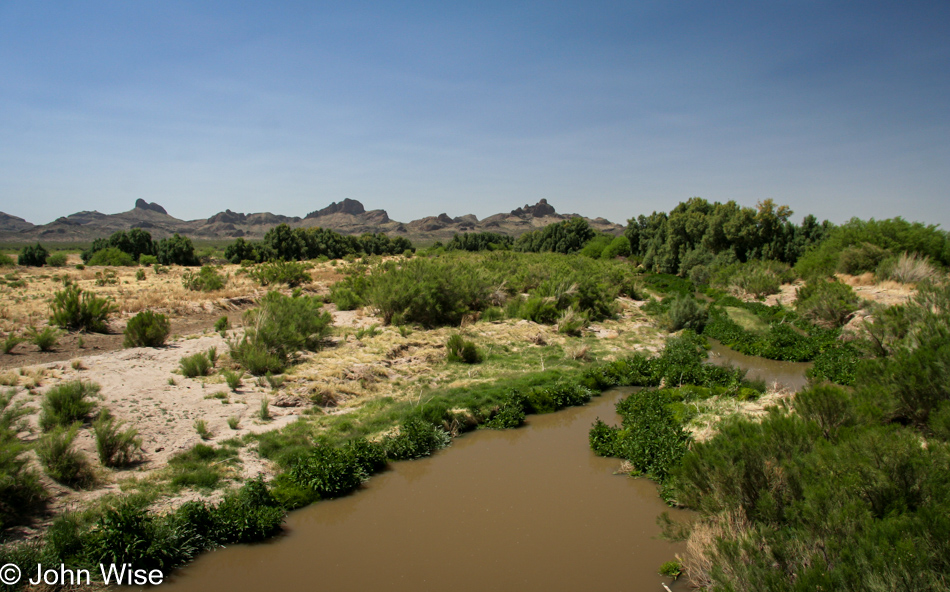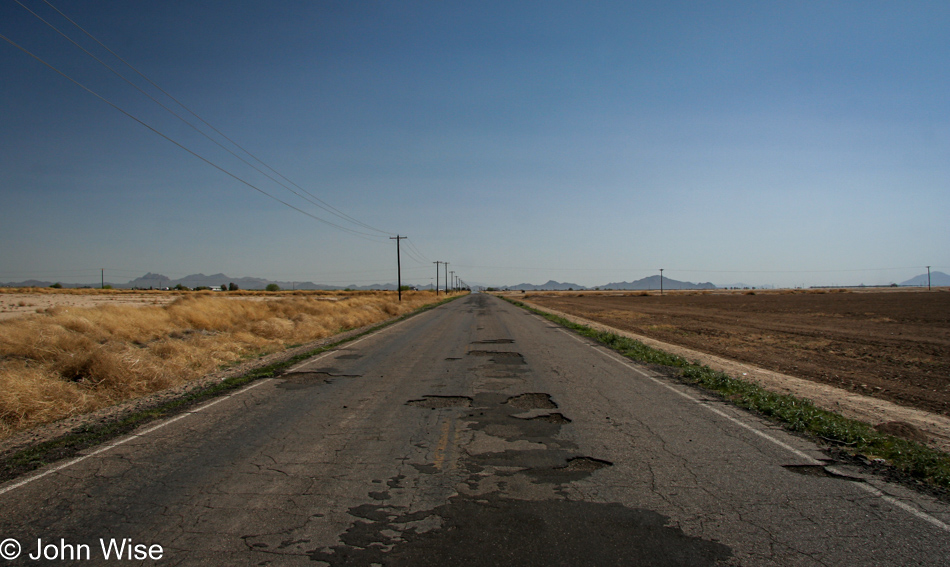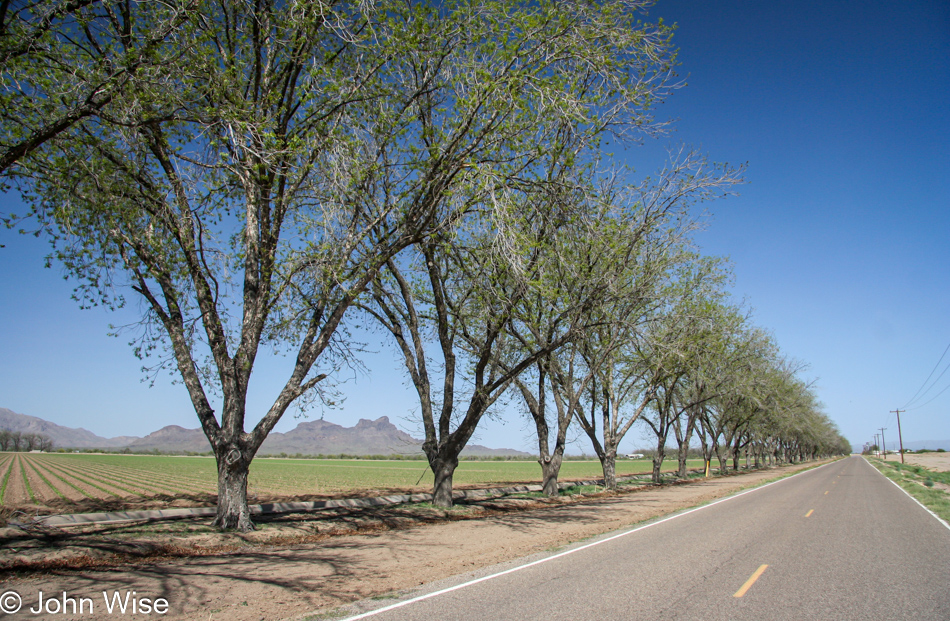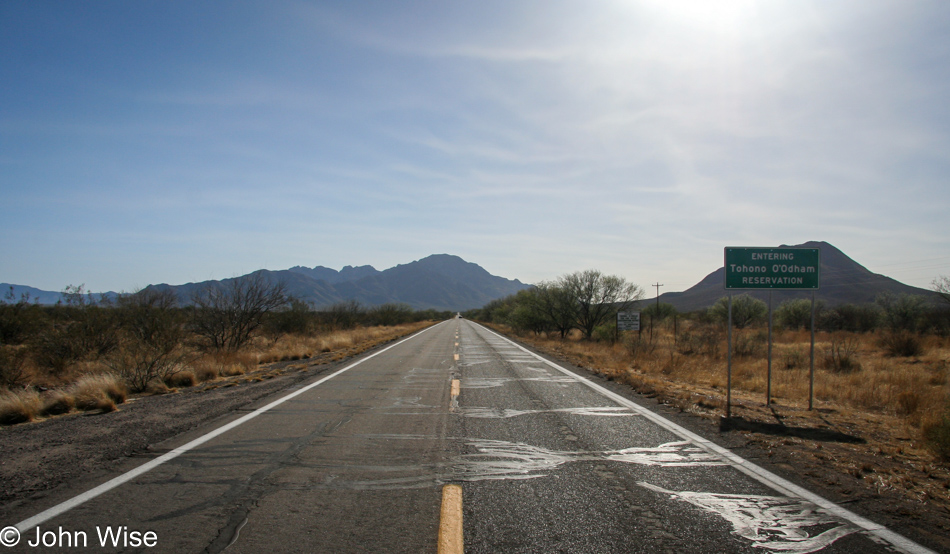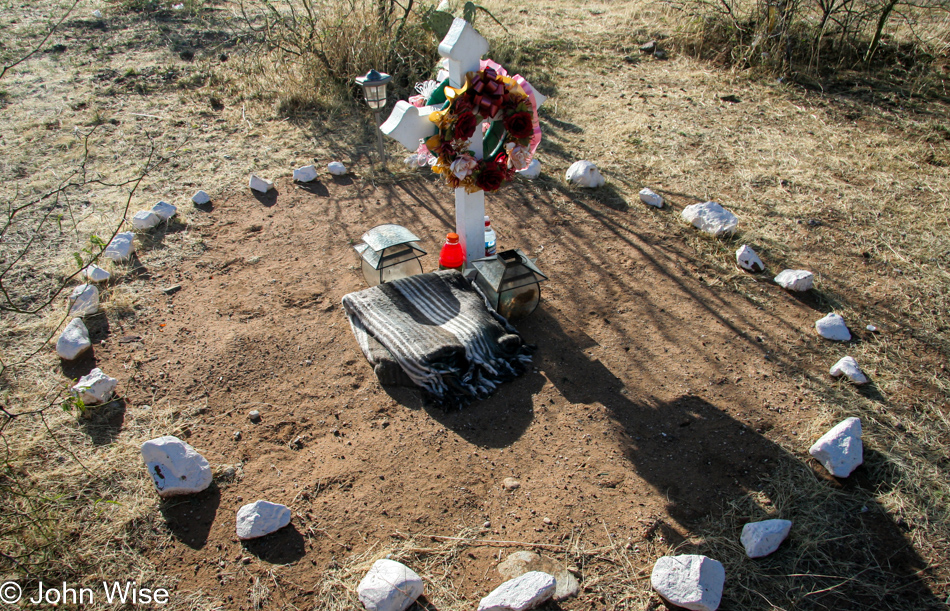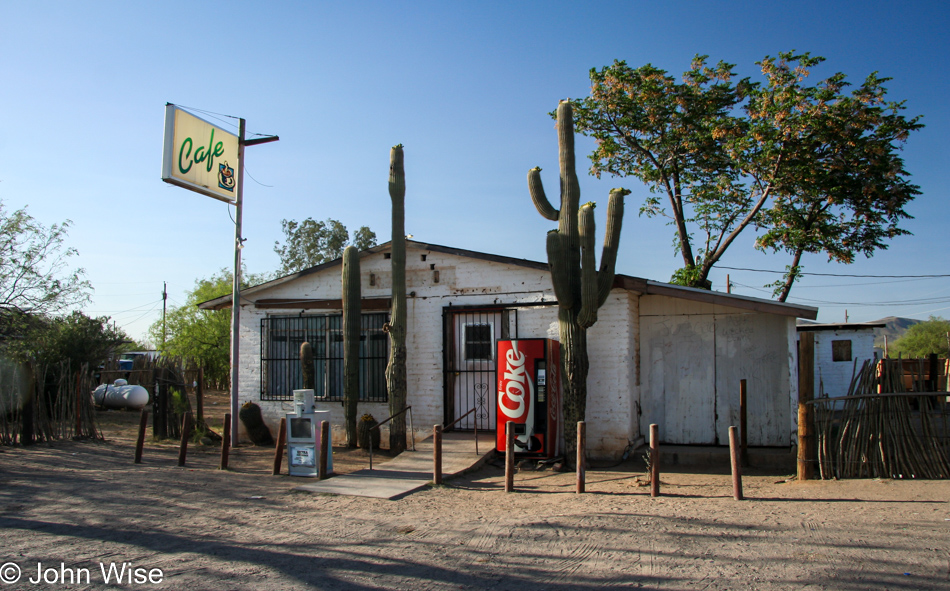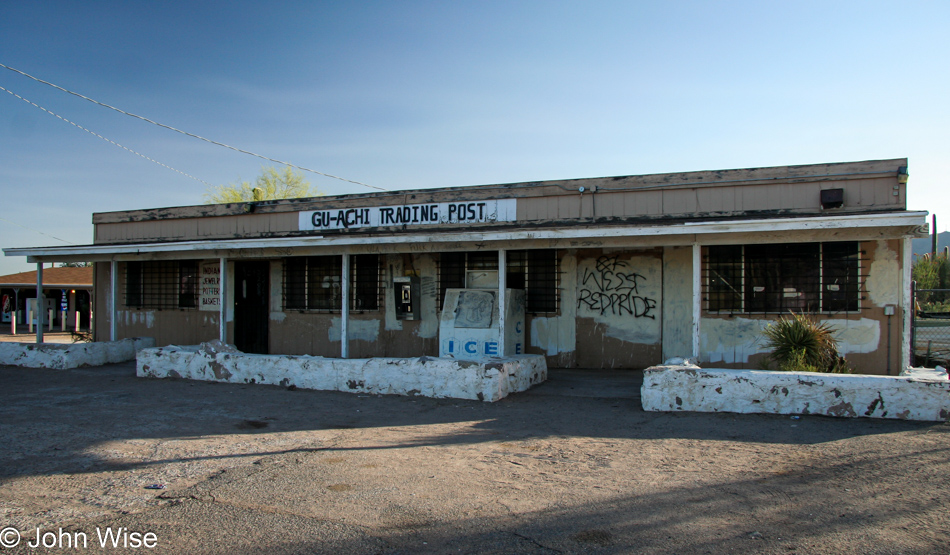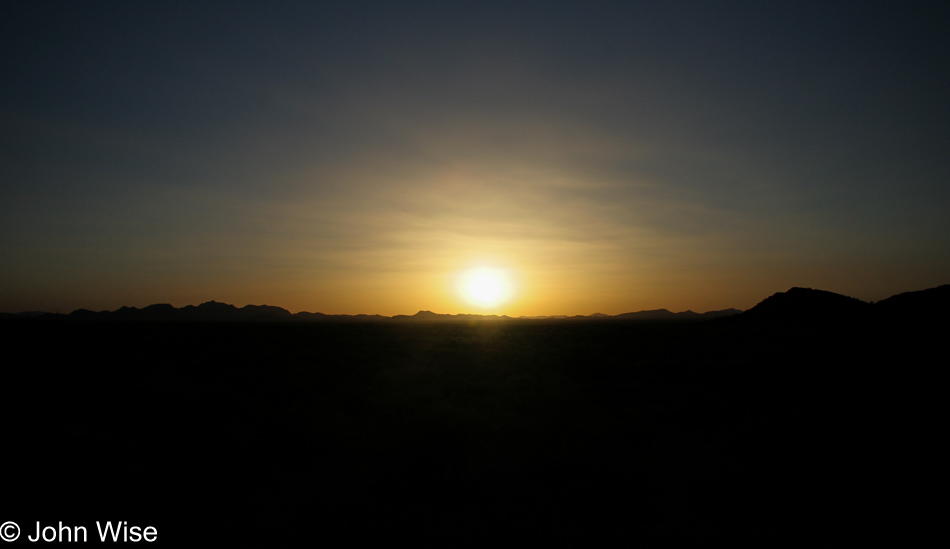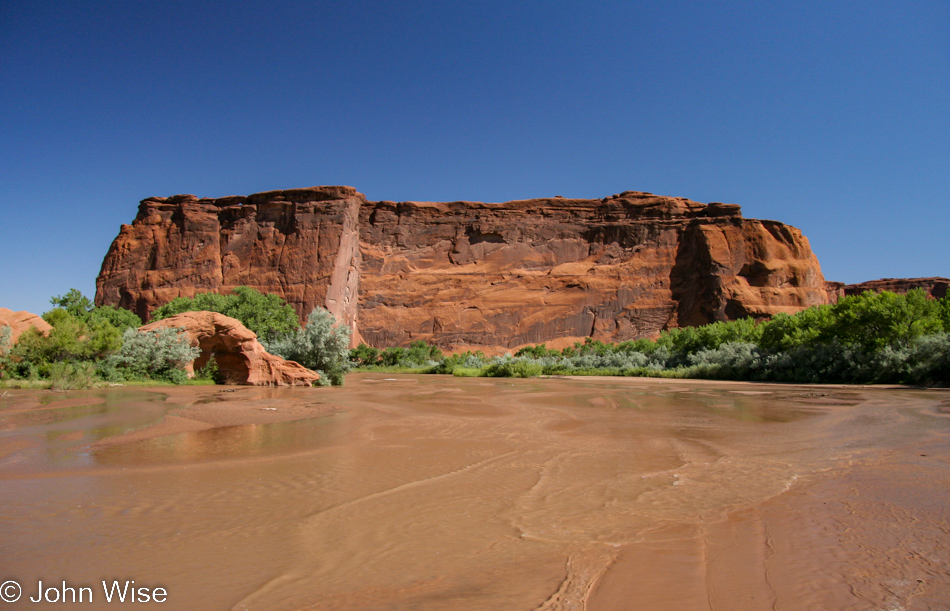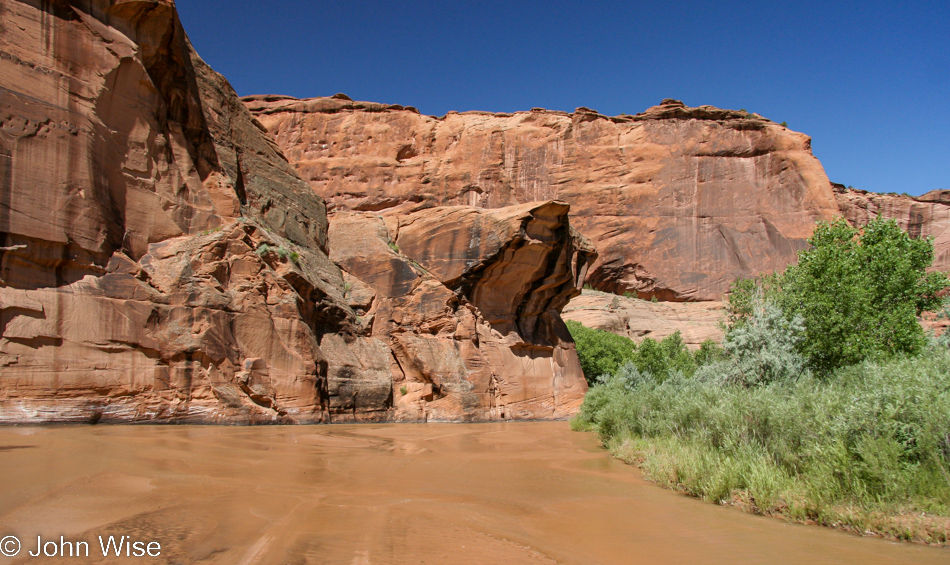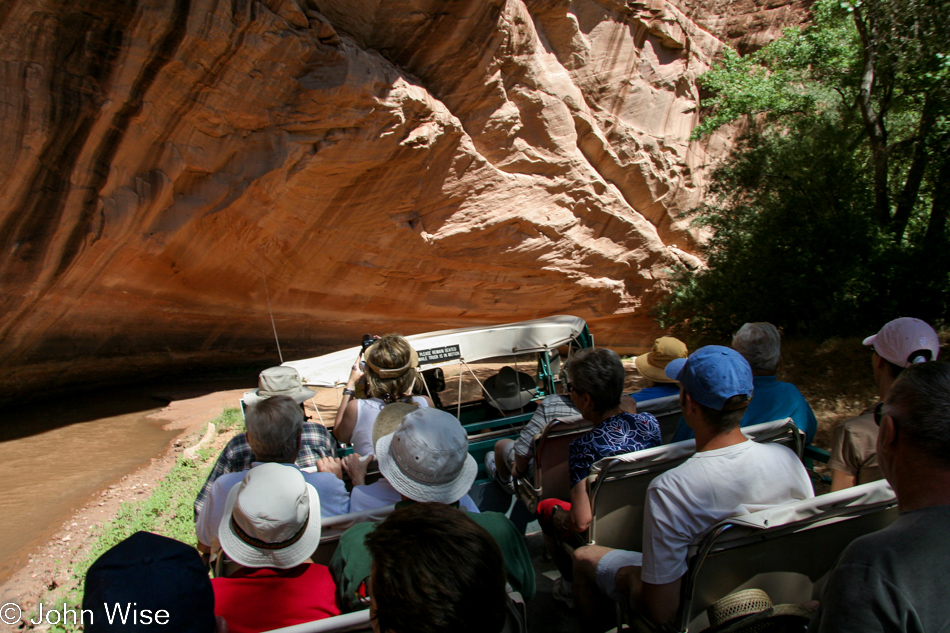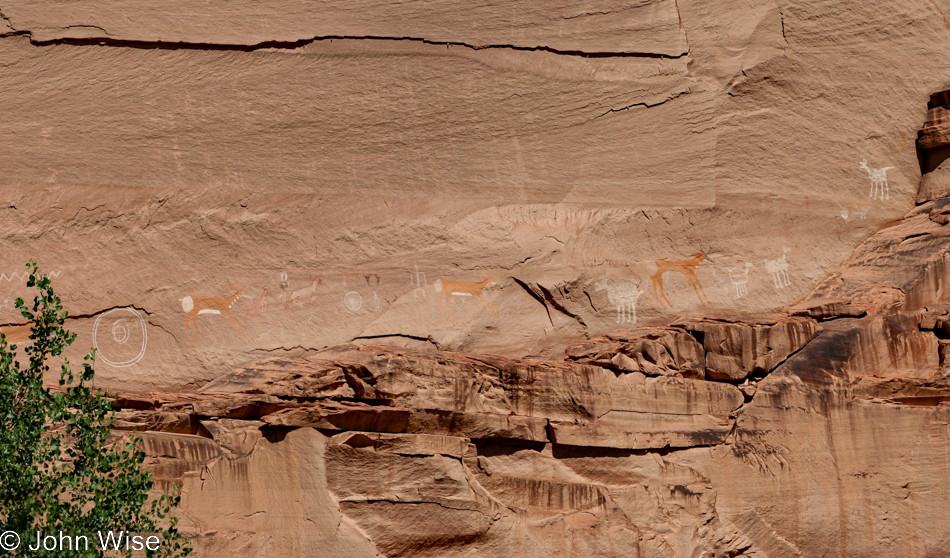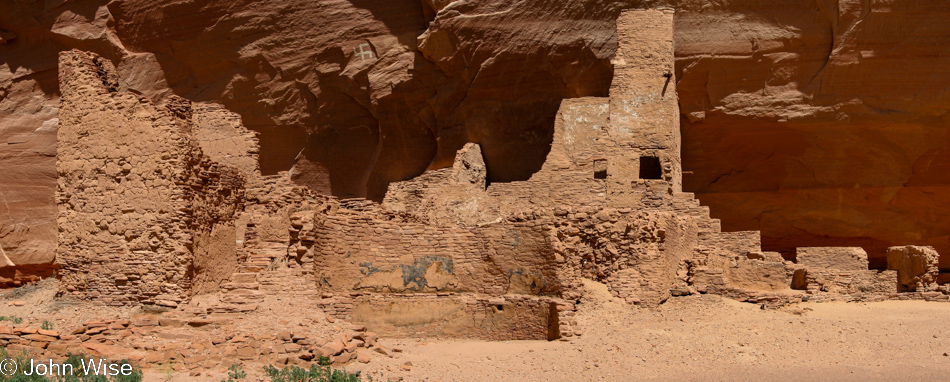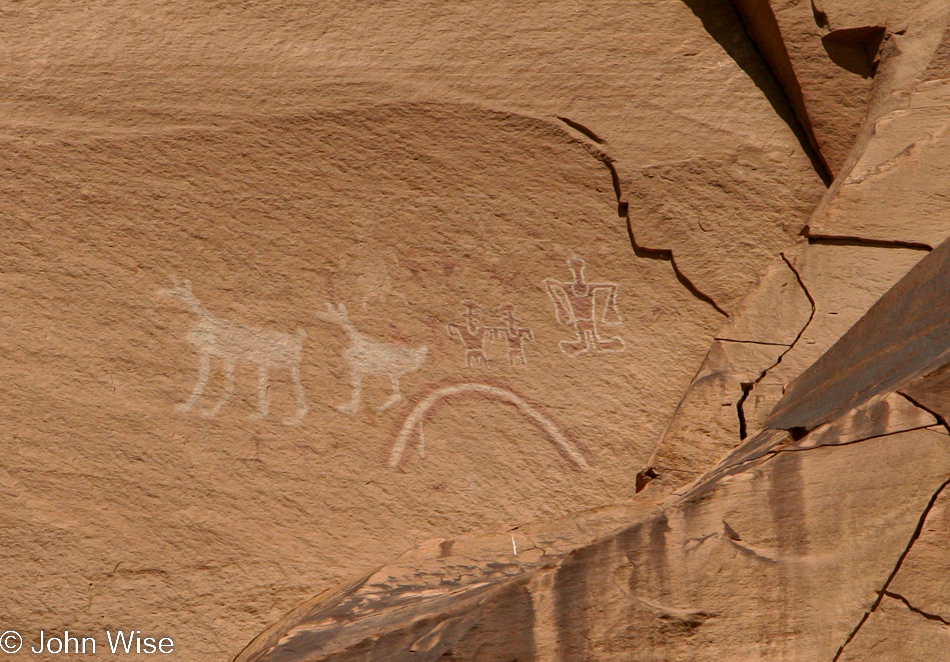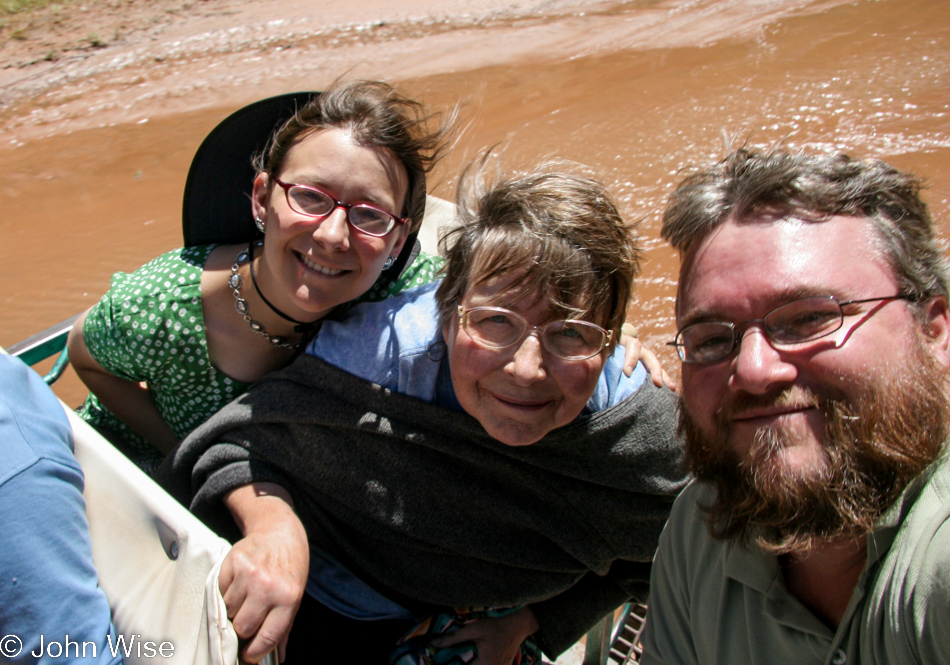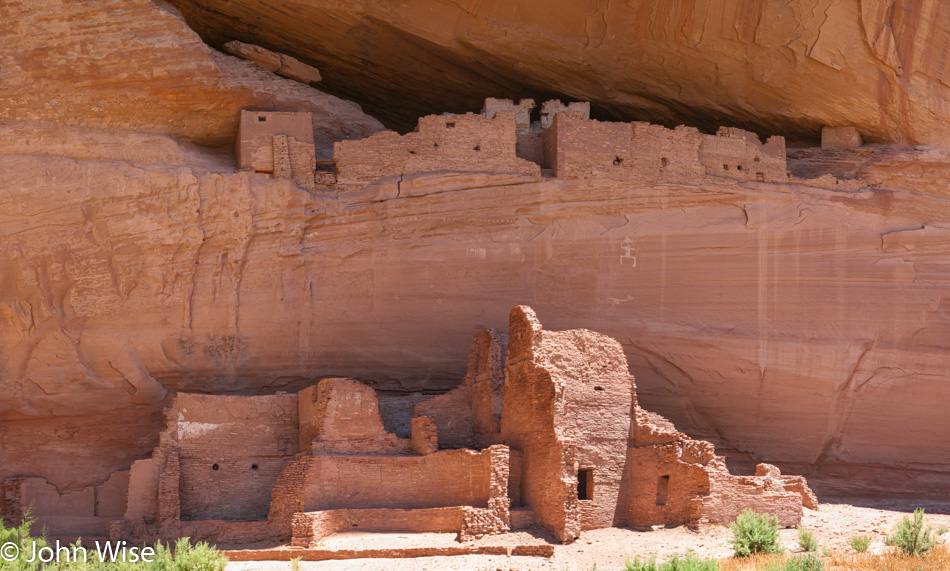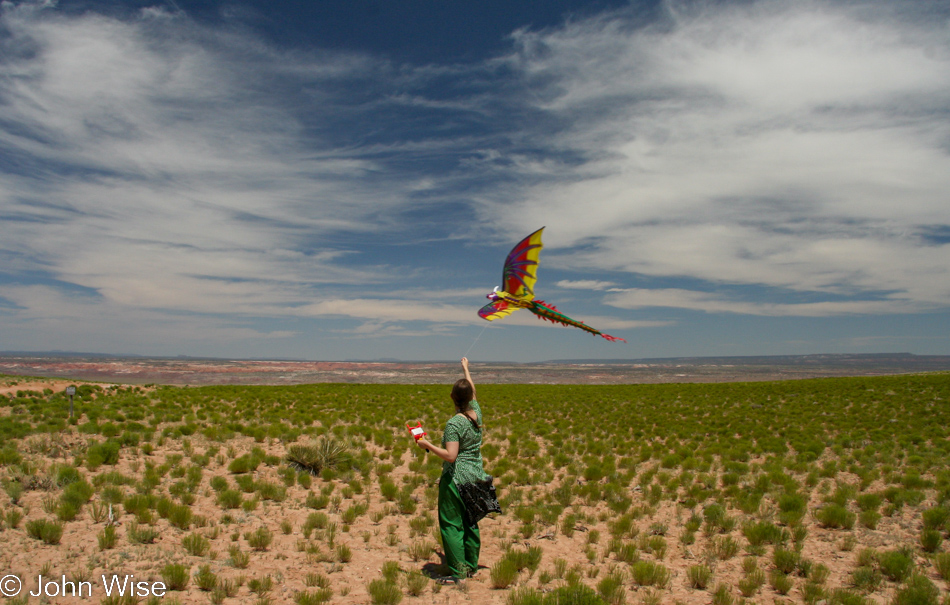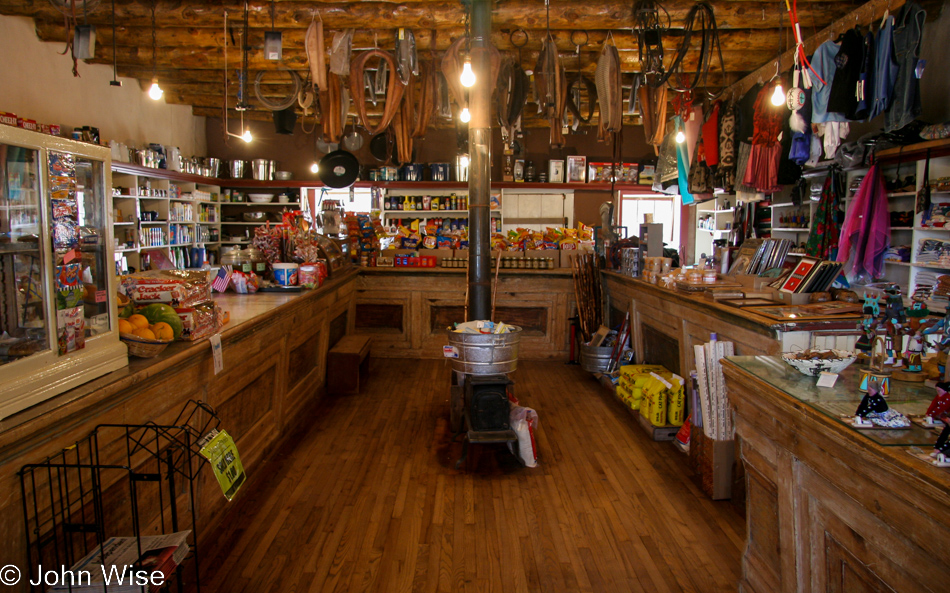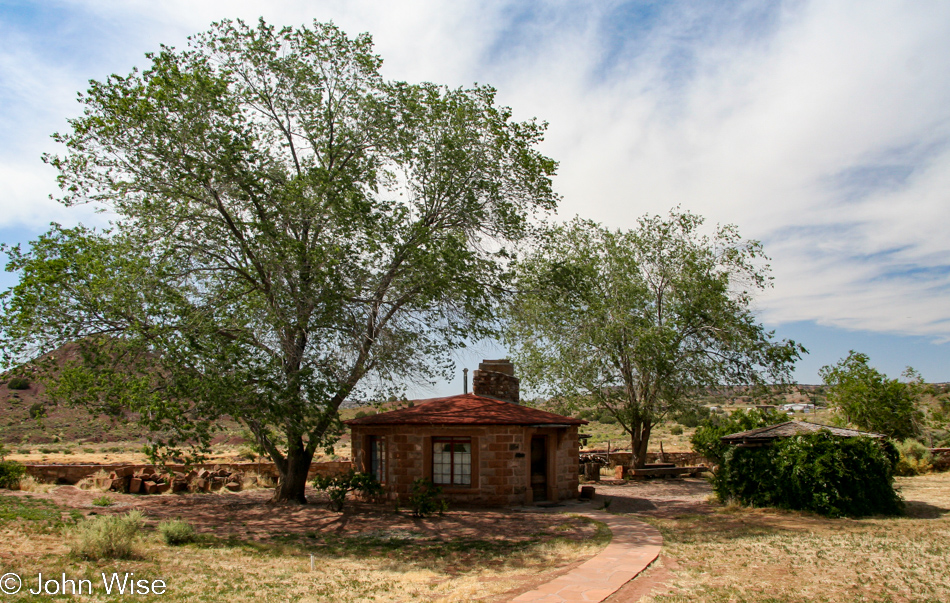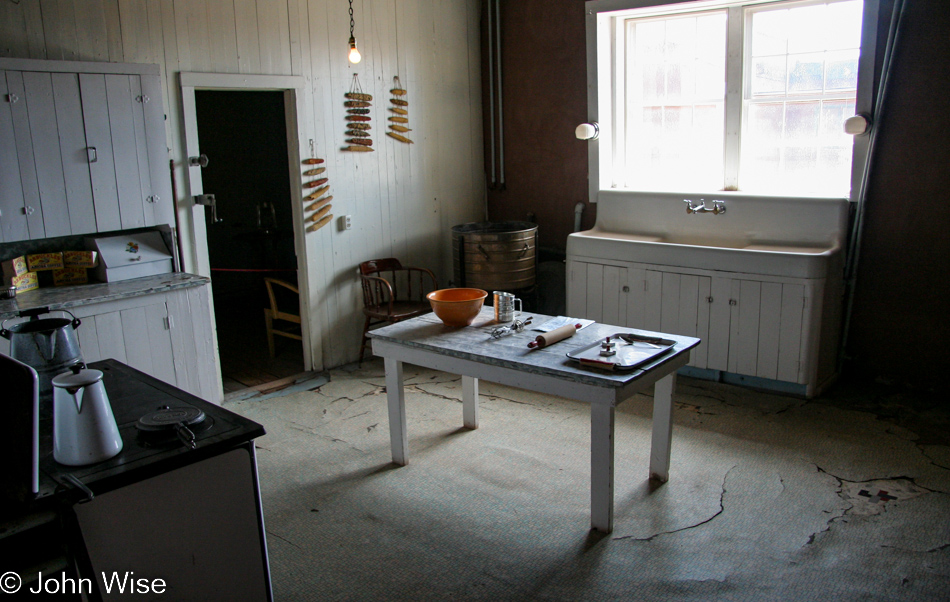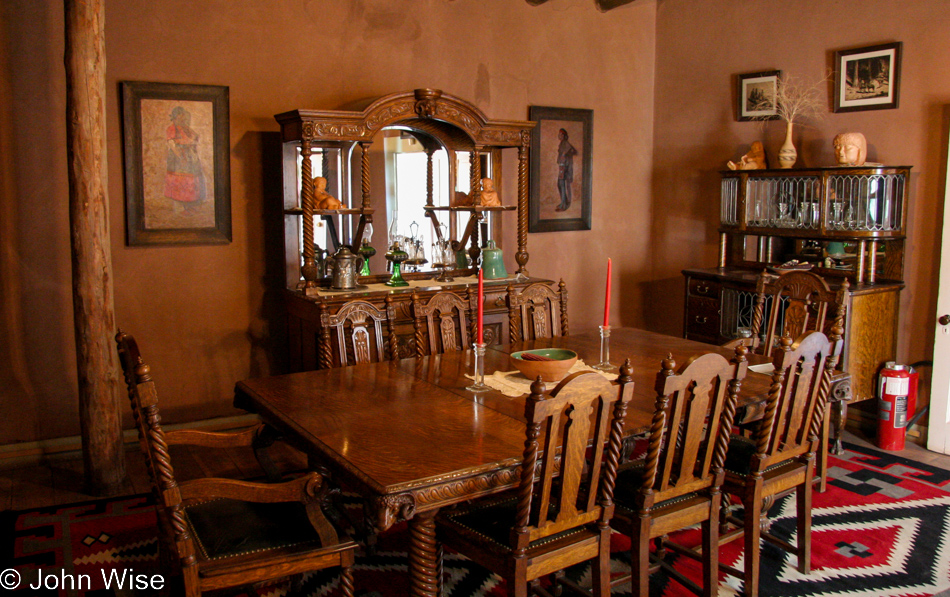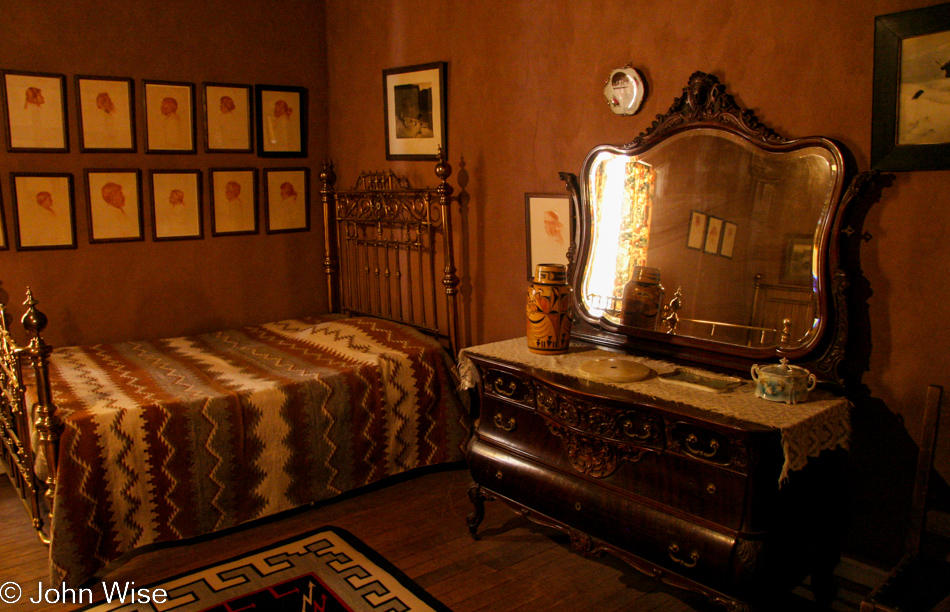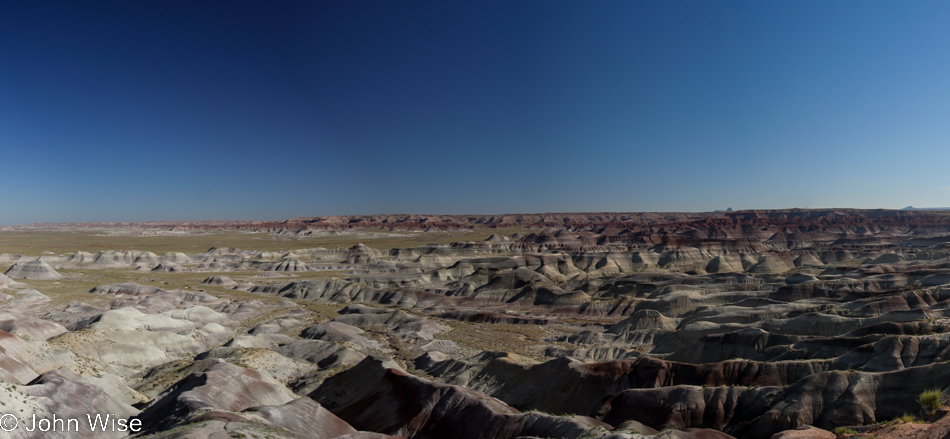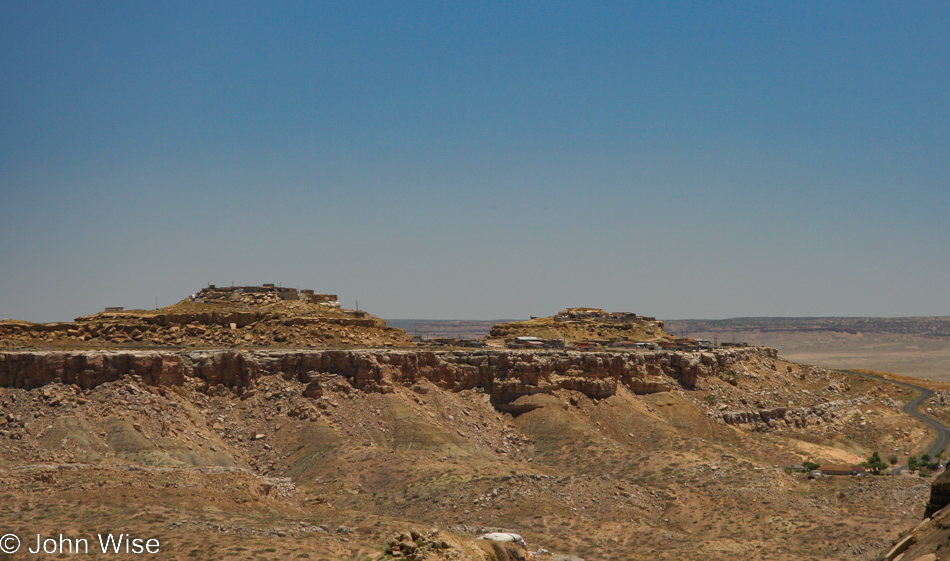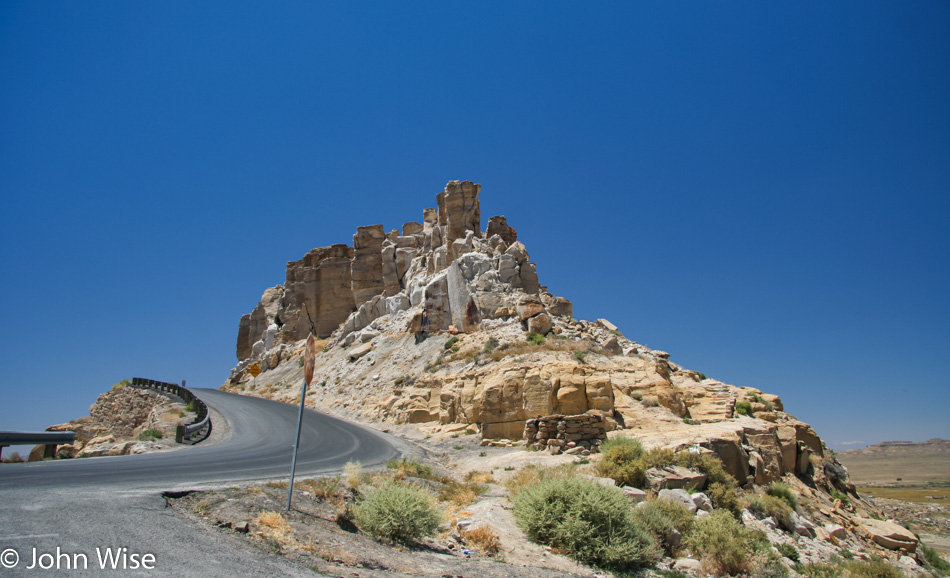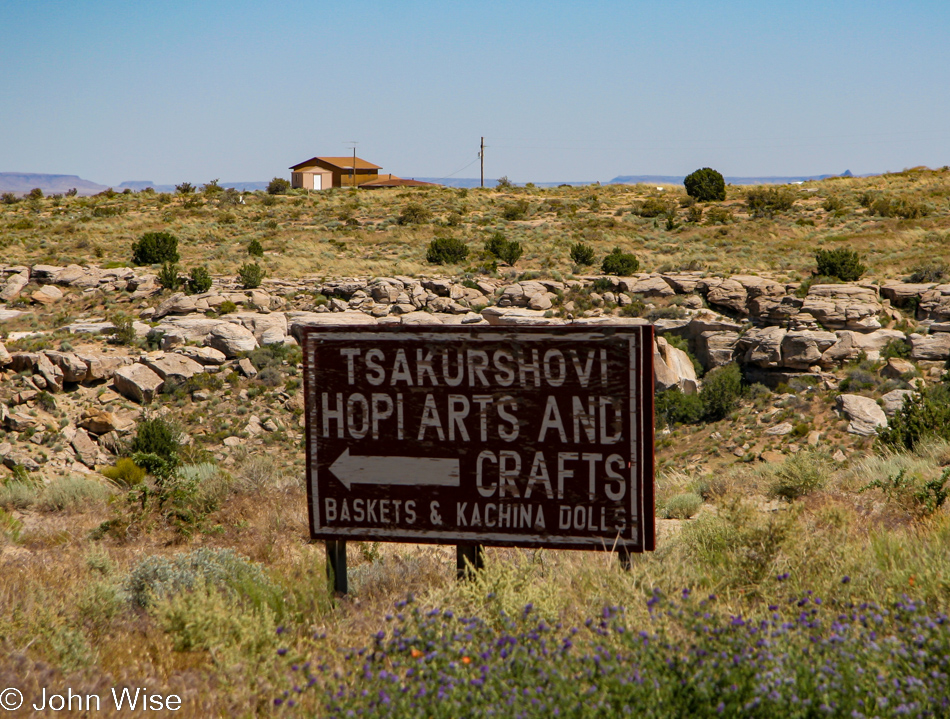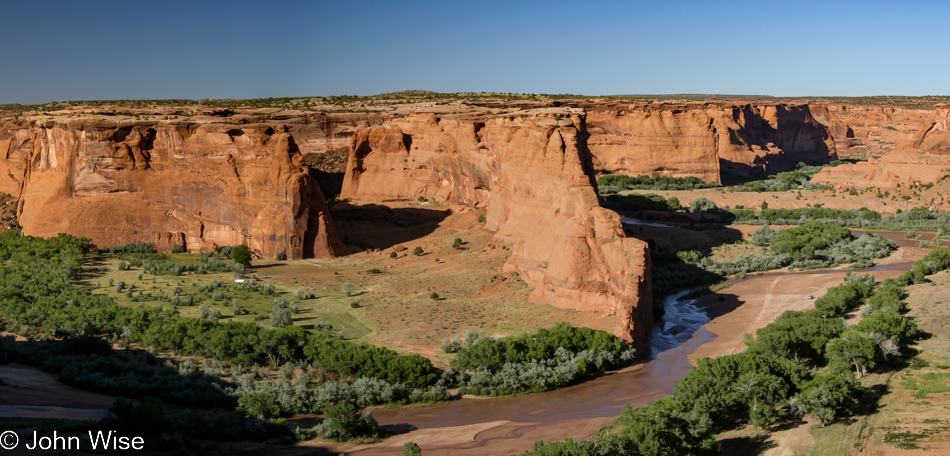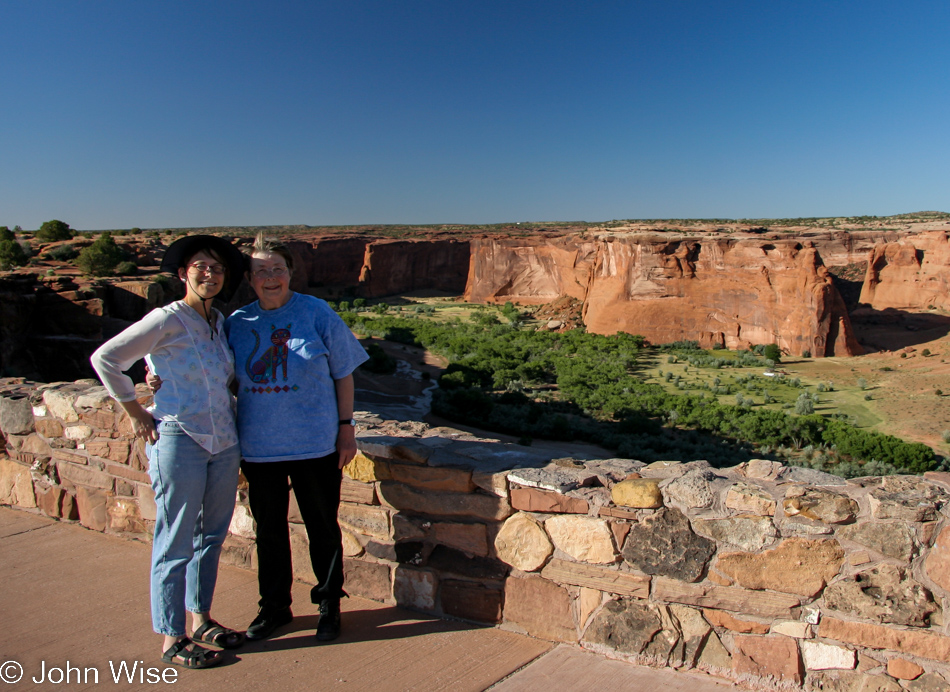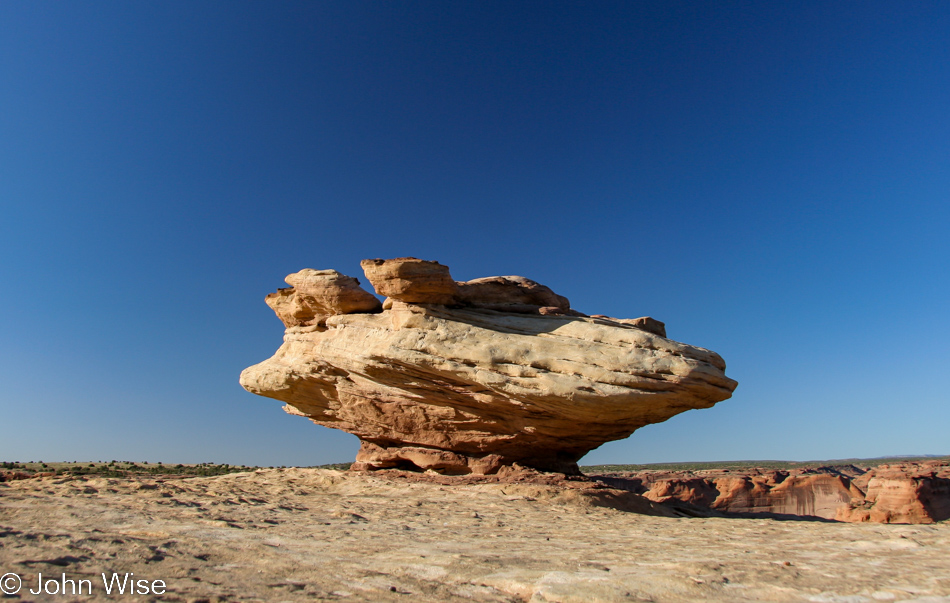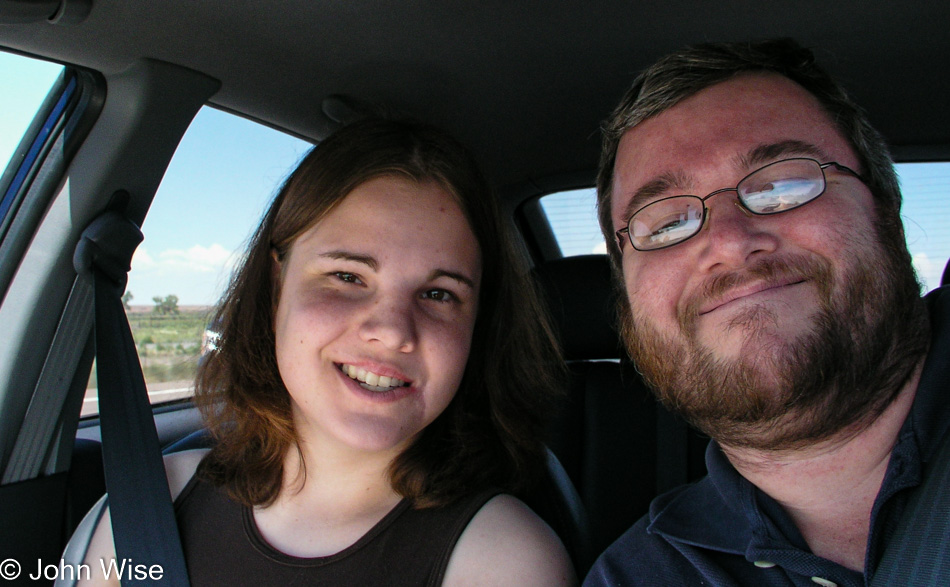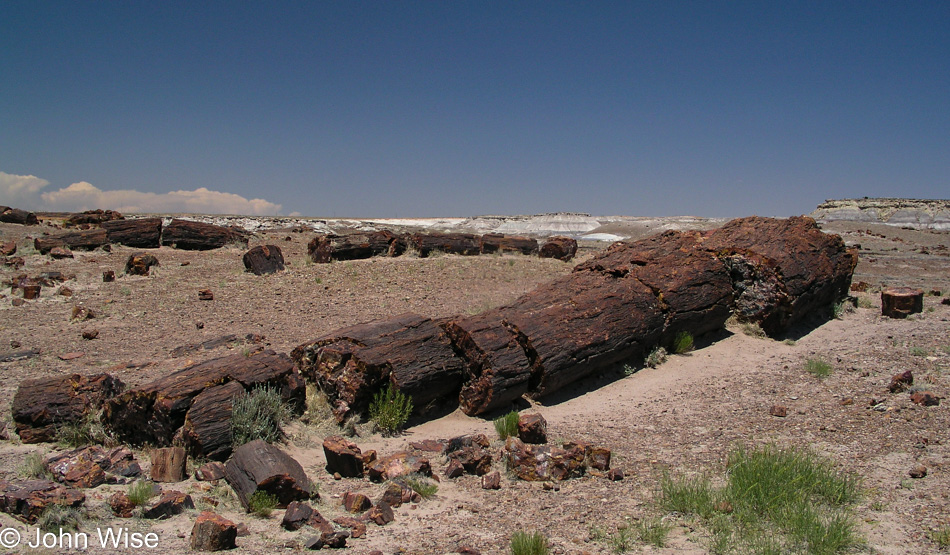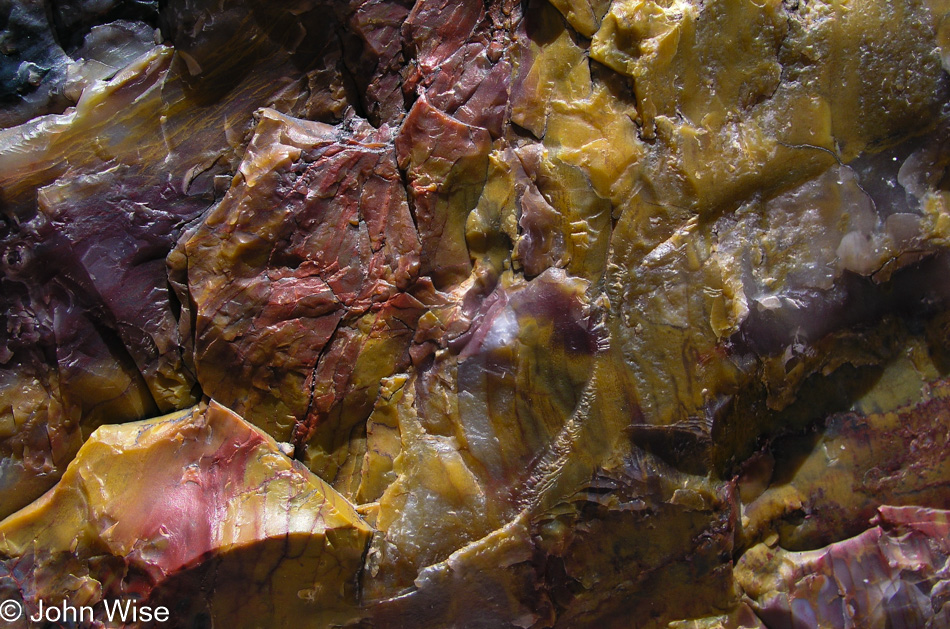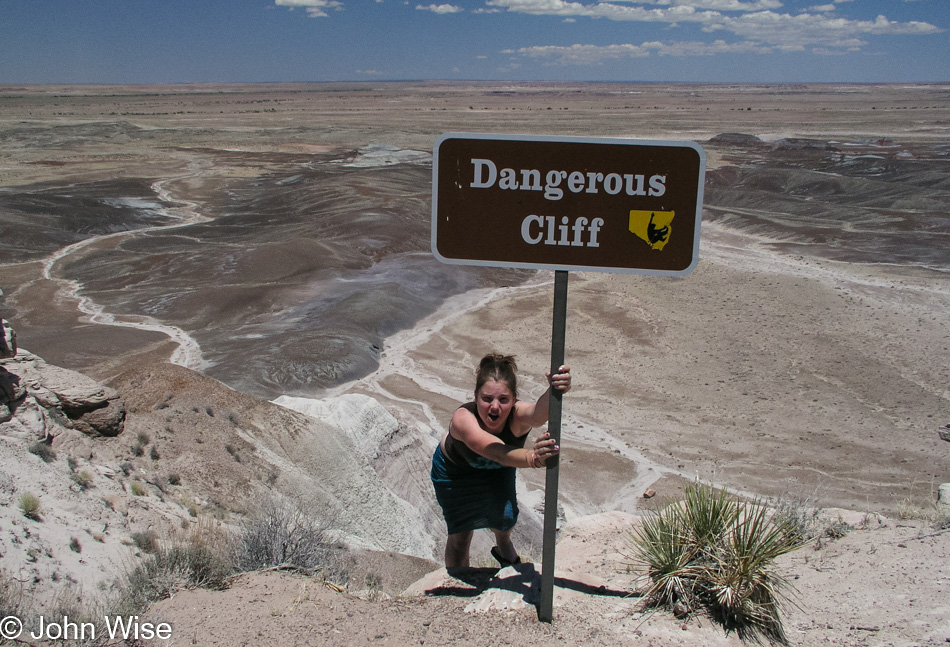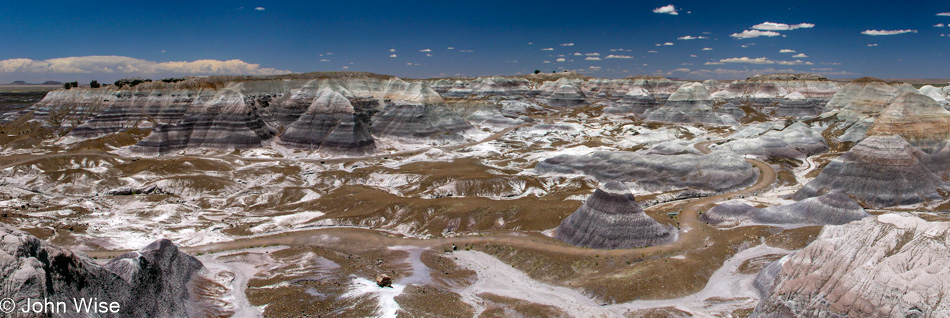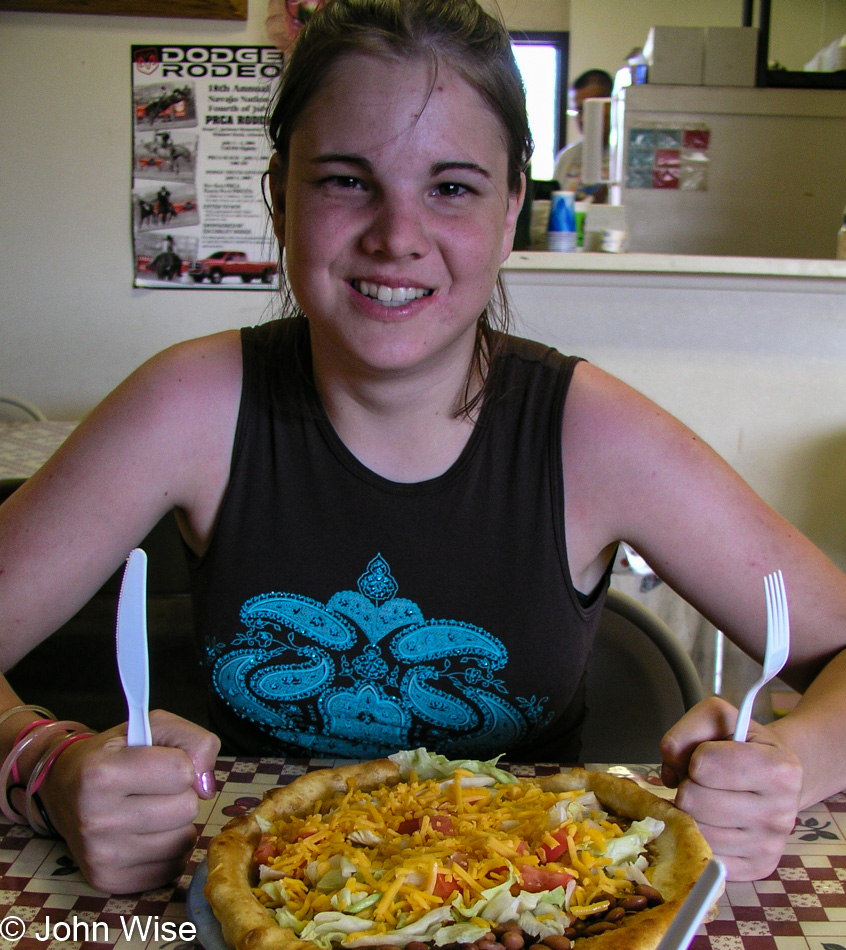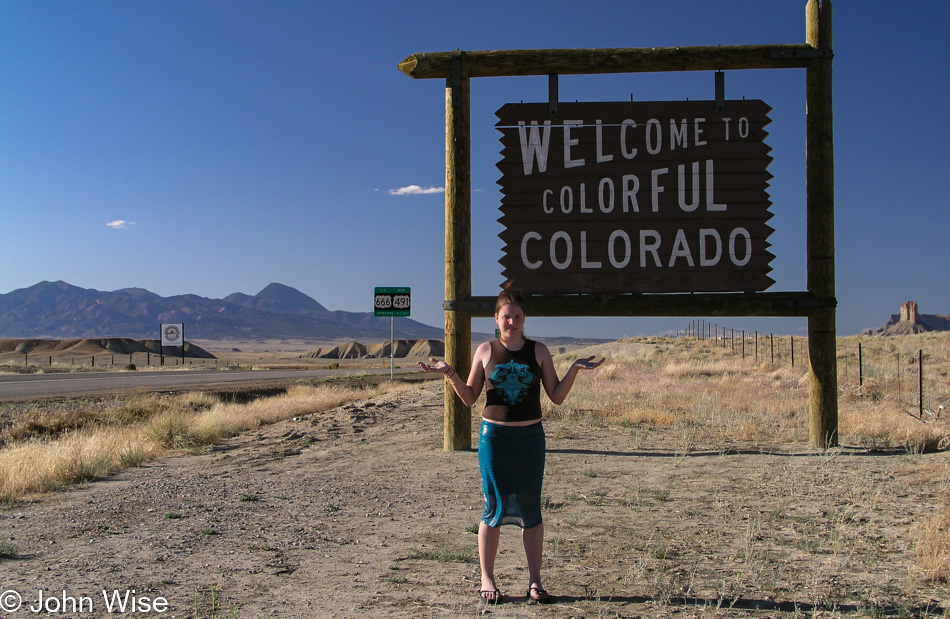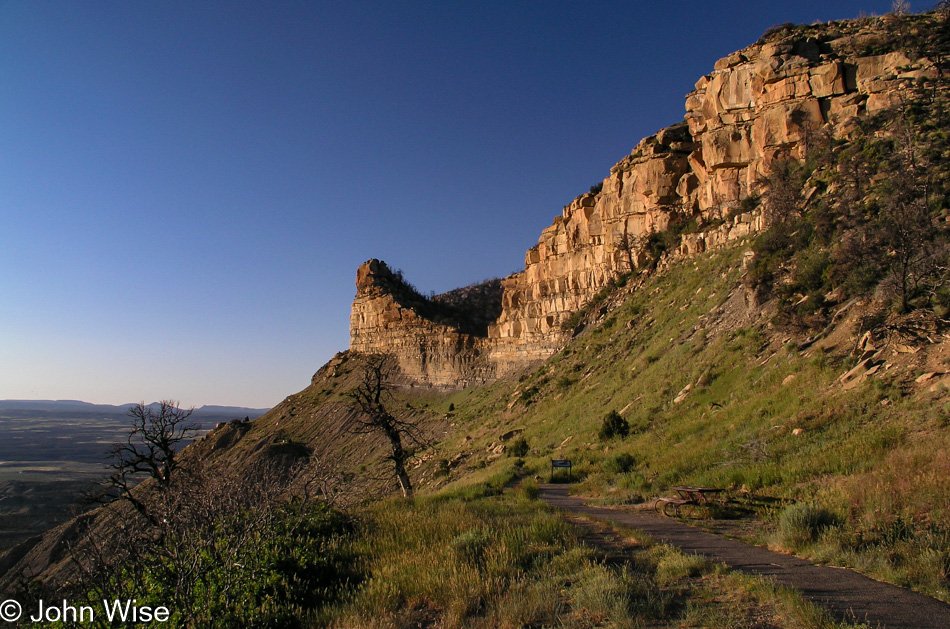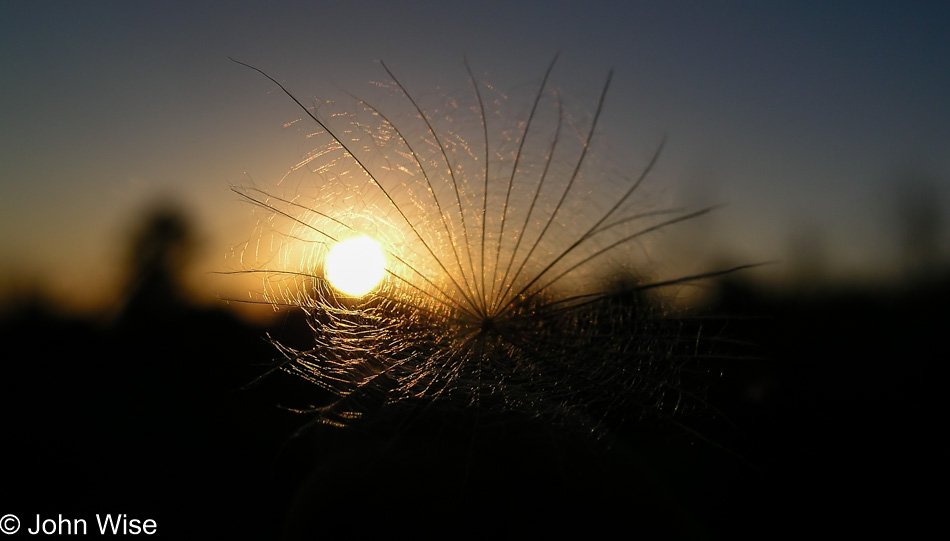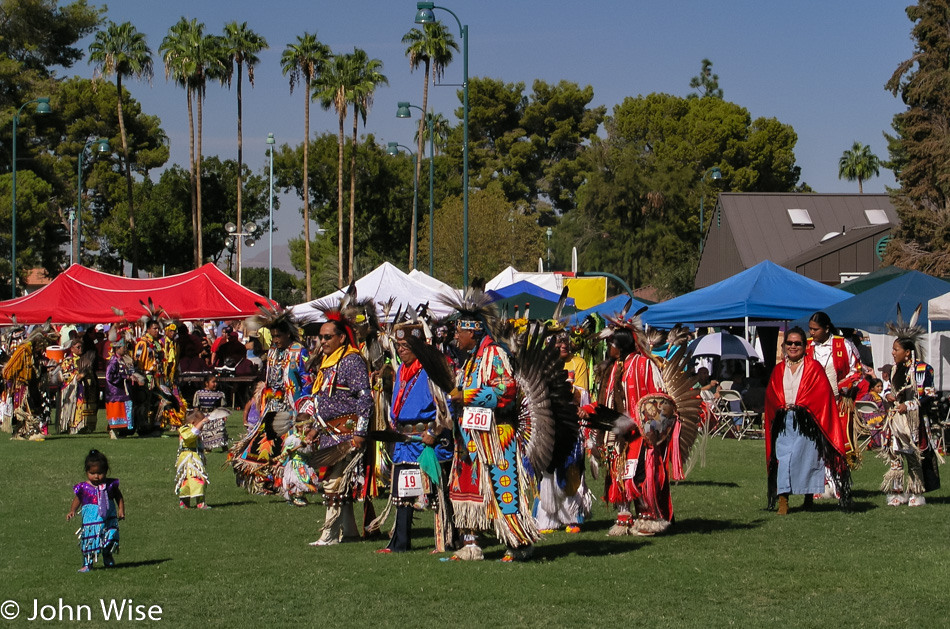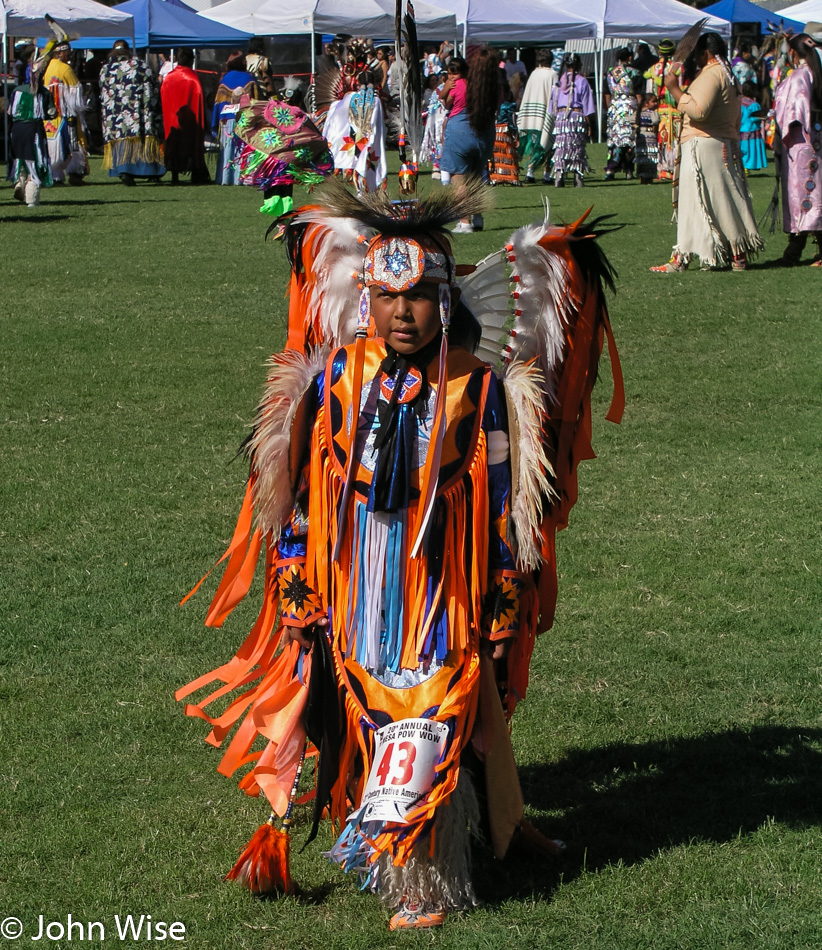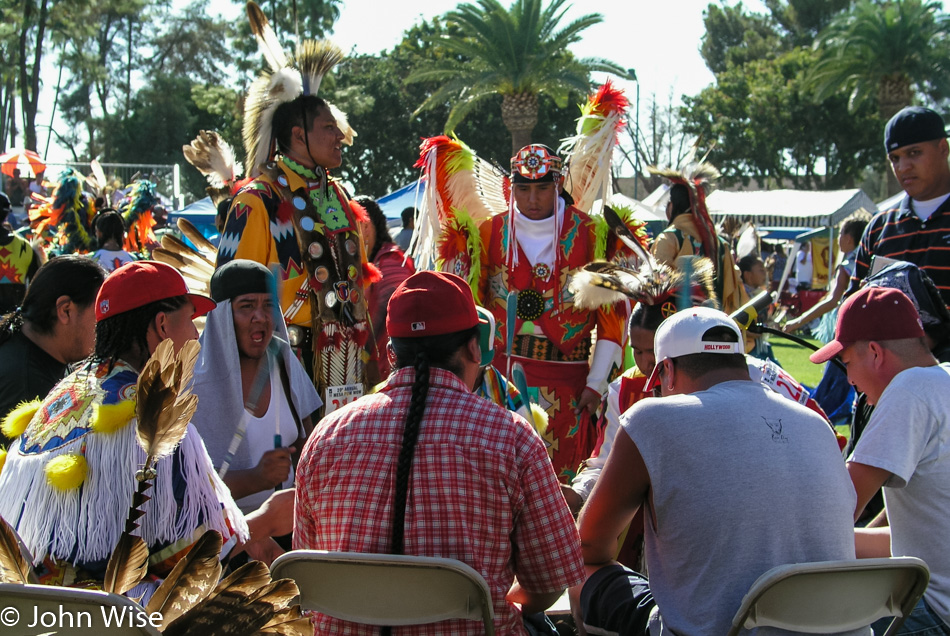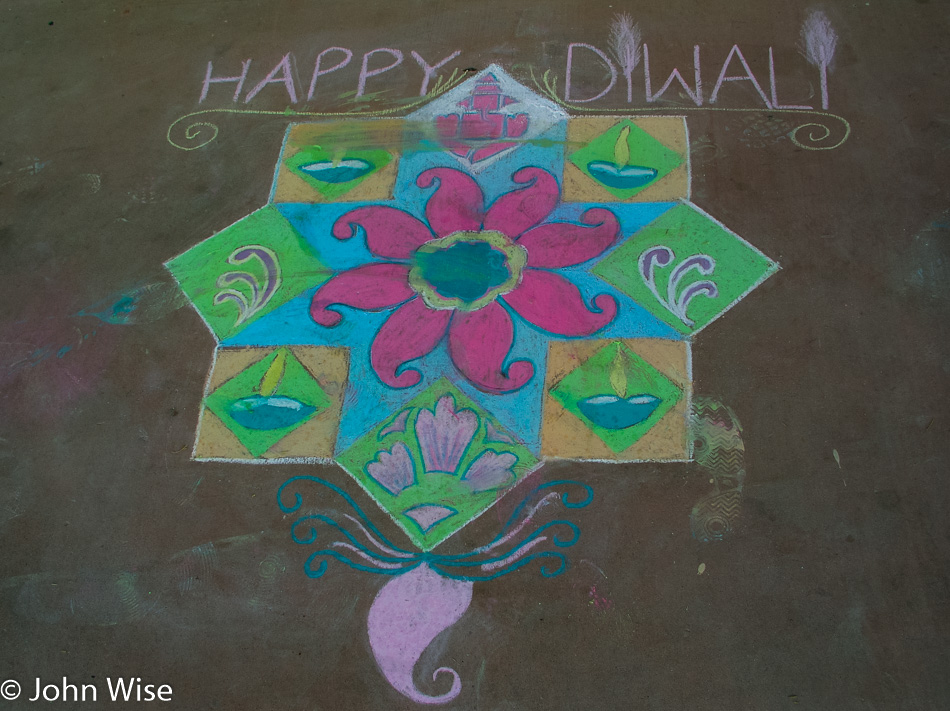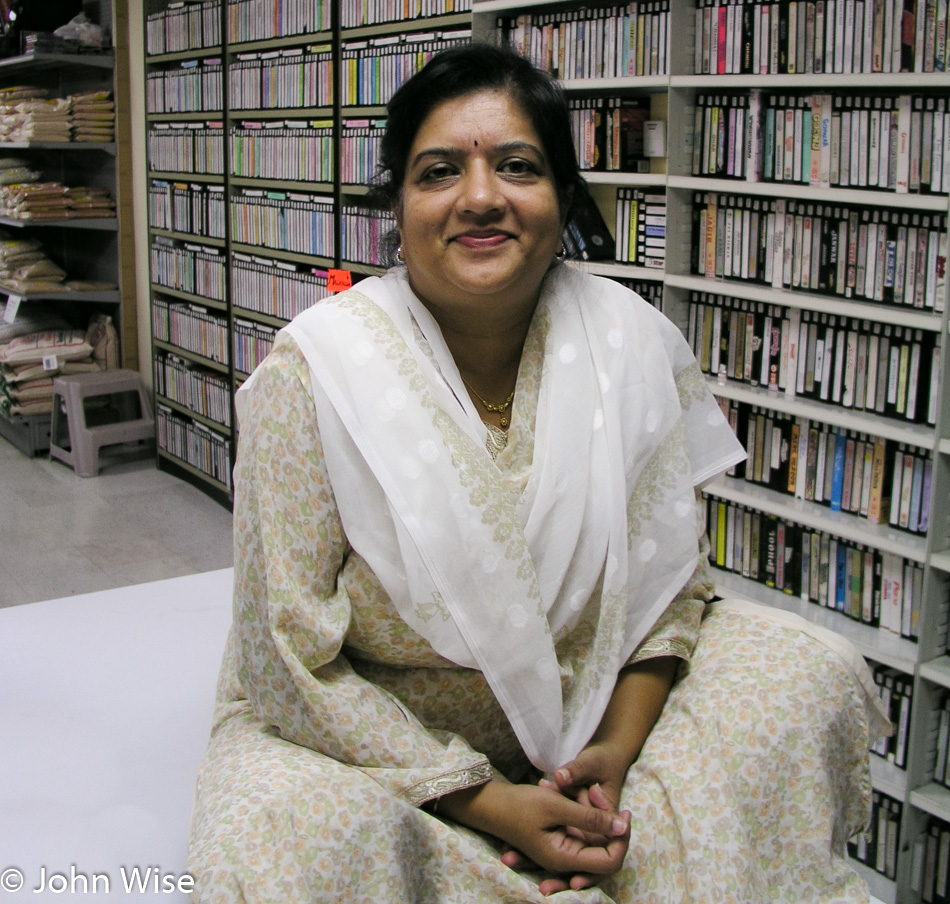
Drive south on 51st Avenue out of Phoenix, Arizona, for a mighty good way, and you will drive into Laveen and the Gila River Indian Reservation. South of Laveen is the St. John’s Indian School. Of the original boarding school, all that’s left are a few ruins and signs of foundations. Fortunately for me today, Deacon Cline Anselmo was coming to work at the still functioning and quite beautiful little church. The Deacon pointed out where the dormitories, bakery, food storage, and old church used to be.

Update: it’s 2023 in late June as I turn my attention to extending this post that originally was nothing more than the first photo of Deacon Anselmo. Once I’m done with this post, I’m going to try giving up on additions and corrections in order to turn my attention to other things. Plus, I feel like I’m running out of steam to tackle more.

Today, in 2023, as I am working on this old post, it is now considered “Woke” to create awareness about the forced assimilation, denial of using indigenous language, and the cutting of hair in the 408 Indian Schools across the United States that once existed. The abuse should just be swept under the Indian blanket since that stuff “happened so long ago.” It’s wrong to hold people of today responsible for atrocities they had nothing to do with, such as slavery. By the way, the last Indian School closed in 1996.

According to a study in 2019, only 2 of 113 cities with populations over 200,000 are considered truly integrated. Take Detroit, for example; it is 70% black, while the neighboring suburb of Grosse Pointe is 90% white. Why be aware of this in our age when it’s a non-issue because the forces of lock-step conformity desire the image of one big happy American family undivided by class or race to stand unchallenged?

Certainly, not all the boarding schools that attracted or pulled in Native Americans were bad, just as not all Catholic priests molest children. This is not a zero-sum argument that drags an entire system into the mud, but we have to recognize that these things were done in our fathers’, grandfathers’, and other distant relatives’ names and that this long history of abuse has likely left us with biases that are still structurally inherent in how things work in modern America.

Now consider that in Tule Lake, California, from 1942 to 1946, there was a Japanese Internment Camp, the largest in America, with 18,000 prisoners. We are not talking just adults; nearly half the population were children, some just a few days old. They lived there for four years, and some of the survivors would be in their 80s today; so much for ancient history, huh? Just as we’ve erased our other embarrassments, we’ve moved to take away the evidence of wrongdoings so plausible deniability can present itself as fashionable modernism. We can live in the moment without a nagging past in which people in the United States were intentionally disadvantaged. It is only the “Woke” who want to keep these things alive instead of people picking themselves up by the bootstraps like real Americans always have. People who want justice only want a handout, welfare, or to shame white people out of revenge.

Learn what we want you to, replace your individuality and culture so you better integrate, and we’ll ensure that when you return to your people, your community will come undone into absolute dysfunction rife with malaise as the glue of belonging to something unique is destroyed. This is how we’ll break you and then blame you that even with the best of our guidance, you still have chosen the bleak path of laziness, regardless of how much your community is economically disadvantaged.

I was never taken away from my parents and placed in a boarding school where Catholic disciplinarians shook fingers (and instruments of corporal punishment) at my wayward ways and foretold of my future of hellish existence if I didn’t conform to the principles of the white man and his god. I don’t know what it was like to cry myself to sleep without a family member to turn to for emotional support, feeling like my mother had abandoned me to the wolves. Or might you think this was like summer camp just without lakes, canoes, the forest, or the chance your family would pick you up in two weeks?

This is not about being “Woke” it’s about recognizing that communities that have been repressed and isolated for centuries do not recover in 20 or 30 years. Traditions led by dominant forces are able to persist for centuries, and change only happens when average people no longer want to bear witness to the crimes, such as when Martin Luther translated the bible in an act of defiance. Those who are woke today are attempting to act in defiance, and those who benefit from the status quo are fully aware of what’s at risk if things change because change often sweeps away bad actors. Good thing the bad actors of our age have PR companies that are able to control narratives using the arms of media to subdue contrary opinions, such as the truth.

I get it; the dominant culture and ruling class love the perceived stability they’ve created for themselves, and as long as everyone else stays in their lane, life will be perfect. It will be perfect because that’s what we are selling you if only you would position yourself in the winner’s seat and do as we tell you. Do you want to win the game with us? Or do you want to sit there and whine in your poverty, isolation, and total disenfranchisement that actually and, in all honesty, absolutely blocks you, but that’s beside the point and isn’t part of the narrative anyway? That kind of knowledge is toxic, so we’ll call it “Woke” and be done with it. I know full well I’m on the winning side and that the life Caroline and I have is one of great fortune, and I don’t entertain the idea that everyone can be pulled from the flood waters of poverty and discrimination, but sometimes I feel that we’re not even trying anymore to throw the disadvantaged a lifesaver. If you are a minority in America, there’s a likely chance you’ve been fouled, and the referee is nowhere to be found.

You might even think your world is on fire, smoldering as the flames move closer and closer to destroying the fragile threads barely kept together in your impoverished and/or marginalized existence.

Fortunately for me, I’ve run out of photos from St. John’s that I wanted to share and can move on to the slow decay of the declining town known as Gila Bend, Arizona.

Trust me when I tell you that I love decay, not of the mind, but when it comes to small towns, there’s a kind of charm and intrigue that arrives with the collapsing economy. Big cities on the other hand, when economic malaise takes over, become the breeding ground of a blight ripe for criminal activity to fill the void. That’s a different kind of scary compared to the type that arrives with poking one’s head into a dilapidated old building, wondering if a hobo has taken up residence.

In this case, there is no building to poke a nose into – while the steps into the storefront remain, there is nothing to walk into.

Why do bits and pieces remain behind, such as part of the entry, the sign, a filled-in swimming pool, and an empty jacuzzi that’s just baking in the sun? Somebody came in here and made an effort to haul the majority of stuff away while leaving these things. I’m perplexed.

While I’m compelled to look into refrigerators of abandoned properties, I’m reluctant to gaze into the receptacle of human waste, but that doesn’t mean I don’t take a gander as though what I might find could convey something of interest.

I think I heard someone in the bathroom…just kidding.

Was there a time when a TV in your room cost extra? What did they mean by “Free 19-inch Color TV?”

In a country where land is so plentiful, we just abandon one location, leave everything there as it’s too expensive to carry away, and build new just down the street. But when it comes to housing for the poor, the land is too expensive, and everyone screams, “Not In My Back Yard.”

Three deserted gas stations in town? There may have been more, but these were the only ones I photographed.

How many more years will all of this remain in place?

Looking at the map of this trip, I can only wonder why I took such a peculiar circuitous route, ending up in Sacaton, where I visited the Gila River Arts & Crafts Center. This part of the day was absolutely neglected in the original post. I visited Google to learn more about the museum and gift shop but information about this place is next to non-existent. It turns out that the building was razed not too long after my visit and while the plot of land was scheduled to have something new built there, that is yet to materialize.

The Gila River Japanese Internment Camp has been off-limits to visitors for a long time, and even had it been open, there’s very little left aside from some foundations, but the exhibit here at the center was well presented. There’s the Huhugam Heritage Center in nearby Chandler, run by the Gila River Indian community. Maybe the exhibit ended up there, but their brief opening hours (six hours over the course of three weekdays) make it nearly impossible to visit with Caroline. Add to this, there are no photos allowed in the museum.

Sadly, I’ve rarely been able to bring myself to buy anything at these places as one never knows what is made for mass consumption in other countries and what’s stylized in such a way to make a purchase more palatable to the tourists, and so I simply don’t want any Native American artifacts that we’re not purchasing as art. Caroline does recall that I brought home several types of tepary beans, though.

And that was my day of wandering around things that all go away.

